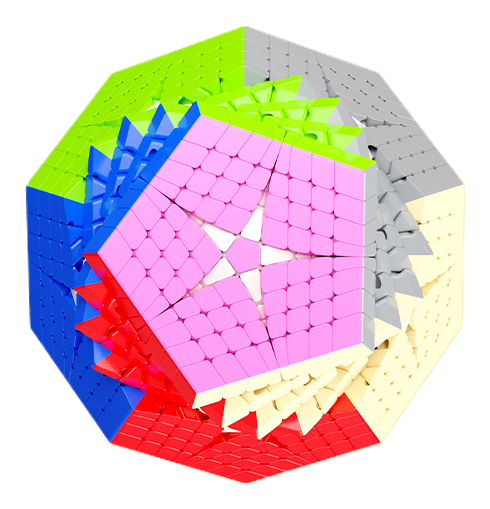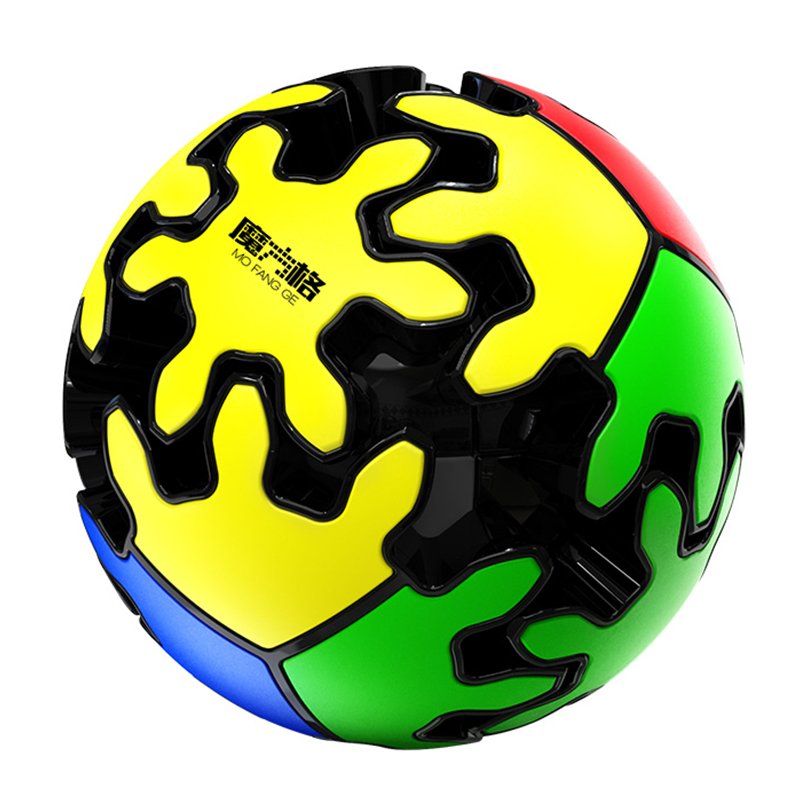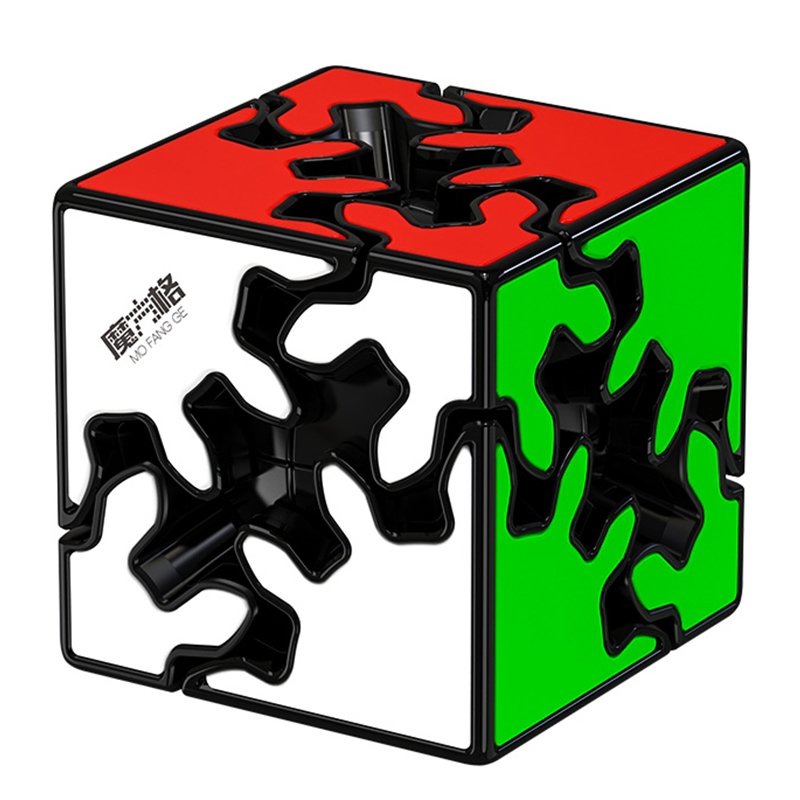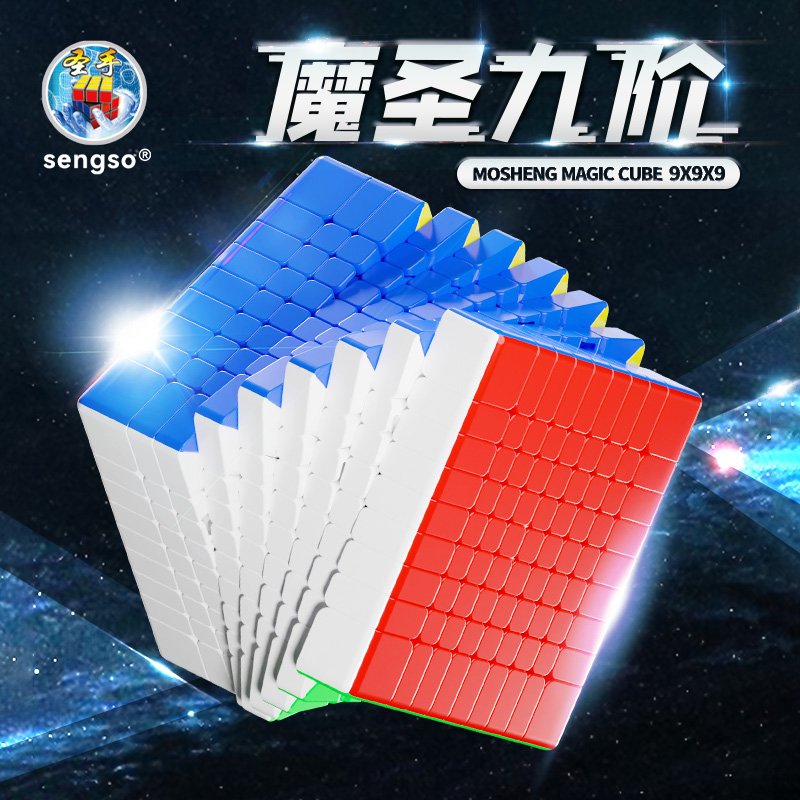Table of Contents
Are Rubik’s Cubes Good for You

The Rubik’s Cube. It’s a universally recognized symbol of intellect and challenge, a colorful puzzle that has transcended generations and cultures. From its humble origins in Budapest in the 1970s, it has become a global phenomenon, captivating millions and inspiring a competitive sport known as speedcubing. But beyond its undeniable appeal as a toy or a fascinating pastime, a deeper question often emerges: Are Rubik’s Cubes good for you?
The answer is a resounding yes. Engaging with the Rubik’s Cube is far more than just a momentary distraction; it’s a powerful and accessible tool for cognitive enhancement, mental well-being, and personal development. Whether you’re a curious beginner picking up your first 3×3 puzzle, an enthusiast exploring advanced cubing techniques, or a parent considering an educational toy for your child, the benefits of this seemingly simple cube are profound and far-reaching.
This comprehensive guide will delve into 7 significant mental benefits that explain why the Rubik’s Cube is not just a toy, but a valuable asset for mental agility and growth. We’ll explore how this iconic puzzle actively sharpens your mind, improves crucial cognitive functions, and offers a unique pathway to a more engaged and resilient brain.
The Enduring Appeal of the Rubik’s Cube: More Than Just a Puzzle
The Rubik’s Cube, often considered the world’s best-selling puzzle game, holds a unique position in the pantheon of brain teasers. Its straightforward design belies the intricate logic required to solve it. Unlike video games that offer instant gratification, the cube demands patience, strategy, and hands-on manipulation. This tangible interaction is a key part of its cognitive power.
For global users, the accessibility of the Rubik’s Cube means anyone, anywhere, can pick one up and start their journey. From Tokyo’s bustling streets to quiet European villages, and from bustling American cities to remote corners of Africa, the universal language of the cube connects people through a shared challenge. This widespread appeal also means that Rubik’s Cube tutorials and speedcubing communities are readily available online, offering ample resources for anyone eager to learn and improve.
Let’s unravel the specific ways this incredible brain-training puzzle contributes to a sharper, more effective mind.
1. Superior Problem-Solving Skills: The Core of Cubing Logic
At its very essence, the Rubik’s Cube is a masterclass in complex problem-solving. When faced with a scrambled cube, the task seems impossible. However, the solving process teaches you to break down this monumental challenge into a series of smaller, manageable sub-problems.
- Decomposition: You learn to identify individual components (e.g., edges, corners) and their desired positions.
- Pattern Recognition: As you progress, you start recognizing common patterns or “cases” on the cube. This visual intelligence is vital for quickly determining the next step.
- Algorithmic Thinking: The cube is solved using algorithms – specific sequences of moves designed to achieve a particular outcome without disturbing other solved parts. This fosters algorithmic thinking, a fundamental skill in computer science and logical reasoning.
- Strategic Planning: You don’t just randomly turn; you plan ahead, anticipating the consequences of each move. This foresight and strategic planning are critical skills applicable to virtually any professional or personal endeavor.
- Iterative Process: Solving the cube is an iterative process of trial, error, and refinement. You apply an algorithm, assess the new state, and decide on the next steps. This teaches adaptability and continuous improvement.
For anyone looking to improve problem-solving abilities or enhance their logical reasoning, the Rubik’s Cube offers a hands-on, engaging, and highly effective training ground.
2. Enhanced Memory and Recall: Mastering Algorithms and Patterns
One of the most immediate and tangible benefits of learning to solve a Rubik’s Cube is the significant improvement in memory and recall. The standard method involves memorizing a sequence of algorithms, which are like short formulas for specific tasks.
- Rote Memory: Initially, you commit these sequences of turns (e.g., R U R’ U’) to memory. This repetition strengthens your rote memory.
- Visual Memory: As you become more proficient, you develop a strong visual memory, associating specific cube configurations with particular algorithms. This ability to instantly recognize patterns and recall the correct sequence of moves is a powerful cognitive exercise.
- Muscle Memory: Through consistent practice, your fingers develop “muscle memory,” allowing you to execute algorithms rapidly and effortlessly without conscious thought. This synchronization of mind and body is a testament to sustained cognitive engagement.
- Working Memory: During a solve, you hold several pieces of information in your working memory: the current state of the cube, the algorithm you’re executing, and the next steps you plan to take. This constant activation trains and expands your working memory capacity, which is crucial for multitasking and complex thought.
Whether you’re looking to boost your memory skills or simply want a fun way to keep your mind sharp, the Rubik’s Cube provides an excellent platform for memory training.
3. Developed Spatial Reasoning and Visualization: Thinking in 3D
The Rubik’s Cube is inherently a three-dimensional puzzle, and successfully solving it demands sophisticated spatial reasoning and visualization skills.
- Mental Manipulation: You constantly need to mentally rotate and manipulate the cube in your mind, predicting how different turns will affect the position and orientation of pieces. This is not just about seeing the cube, but about mentally “feeling” how the pieces move.
- 3D Understanding: You learn to understand the relative positions of pieces in three-dimensional space, recognizing where a corner or edge piece needs to go and the shortest path to get it there.
- Anticipation: As you get faster, you begin to anticipate not just the immediate effect of a turn, but also the state of the cube several moves ahead. This “look-ahead” capability is a hallmark of advanced spatial reasoning.
- Real-World Application: Strong spatial reasoning is critical in numerous fields, including engineering, architecture, design, and even everyday navigation. It’s a fundamental aspect of visual intelligence that the Rubik’s Cube actively cultivates.
For students and professionals alike, seeking to improve spatial awareness or enhance their visualization capabilities, the Rubik’s Cube offers an unparalleled and engaging learning experience.
4. Cultivated Patience and Persistence: Embracing the Challenge
The journey to solving a Rubik’s Cube is almost never without its moments of frustration. Pieces refuse to align, algorithms are misremembered, and the cube seems to get even more scrambled. This continuous confrontation with challenge is where the cube truly shines in building character.
- Overcoming Frustration: Learning to solve the cube teaches you to manage frustration constructively. Instead of giving up, you learn to step back, re-evaluate, and try again.
- Delayed Gratification: Unlike instant gratification from many digital activities, the Rubik’s Cube rewards sustained effort. The immense satisfaction of a solved cube comes only after persistent work.
- Growth Mindset: Each time you successfully overcome a difficult part of the solve or learn a new, faster method, it reinforces a growth mindset – the belief that abilities can be developed through dedication and hard work.
- Resilience: The repeated process of scrambling, attempting to solve, encountering difficulties, and ultimately succeeding builds mental resilience. This ability to bounce back from setbacks is invaluable in all aspects of life.
For parents looking to instill patience in children or individuals seeking to improve persistence and build resilience, the Rubik’s Cube is an ideal, hands-on teacher.
5. Enhanced Focus and Concentration: A Meditative Challenge
In a world filled with constant digital distractions, the Rubik’s Cube offers a unique opportunity to cultivate deep focus and concentration.
- Active Engagement: Solving the cube requires sustained attention. A single wrong move can derail an entire solve, forcing you to remain entirely present with the puzzle.
- Mindfulness: The repetitive yet purposeful actions involved in cubing can induce a state akin to mindfulness or meditation. It allows you to block out external noise and immerse yourself fully in the task at hand.
- Improved Attention Span: Regular engagement with the cube can help lengthen your attention span, making it easier to concentrate on other demanding tasks, whether academic or professional.
- Cognitive Load Management: As you progress, you learn to manage increasing cognitive load – tracking multiple pieces, executing complex algorithms, and planning ahead – all while maintaining a steady focus. This improves your ability to handle complex information without becoming overwhelmed.
For anyone struggling with attention deficit or simply wishing to boost concentration skills and find a healthy stress relief activity, the Rubik’s Cube offers a powerful, hands-on solution.
6. Stimulated Brain Activity and Neuroplasticity: Keeping Your Brain Young
Like any form of brain training, solving a Rubik’s Cube actively stimulates neural pathways and promotes neuroplasticity – the brain’s remarkable ability to reorganize itself by forming new connections.
- New Neural Pathways: Each time you learn a new algorithm, devise a novel strategy, or even just practice, you’re creating and strengthening neural connections. This continuous learning process keeps your brain agile and adaptable.
- Cognitive Flexibility: You constantly adapt your approach based on the cube’s state, fostering cognitive flexibility – the ability to switch between thinking about two different concepts simultaneously or shift between multiple tasks or strategies.
- Interconnectedness: Cubing engages various parts of the brain simultaneously: visual cortex for pattern recognition, motor cortex for physical execution, prefrontal cortex for planning, and hippocampus for memory. This interconnected activity leads to holistic brain development.
- Long-Term Brain Health: Studies suggest that engaging in mentally challenging activities like puzzle-solving can contribute to long-term brain health and potentially help in delaying cognitive decline. It’s a proactive step towards maintaining a sharp mind as you age.
For those interested in cognitive health, brain fitness, or neuroscience, the Rubik’s Cube serves as a tangible example of how active learning can directly impact brain structure and function.
7. Provides a Sense of Achievement and Healthy Stress Relief: The Joy of the Solve
Beyond the purely cognitive benefits, the Rubik’s Cube offers profound psychological rewards that contribute to overall well-being.
- Self-Efficacy: Successfully solving a scrambled cube, especially after initial struggles, provides a huge boost to self-efficacy – your belief in your own ability to succeed in specific situations. This confidence can spill over into other areas of your life.
- Intrinsic Motivation: The inherent challenge and the clear, measurable outcome (a solved cube) foster intrinsic motivation. You solve it for the joy of the challenge and the satisfaction of accomplishment, rather than external rewards.
- Stress Reduction: For many, the focused and repetitive nature of cubing can be incredibly calming and therapeutic. It provides a healthy escape from daily anxieties, allowing the mind to concentrate on a logical, solvable problem. It’s a form of active relaxation that distracts from stressors and brings a sense of order.
- Positive Feedback Loop: Each solve, no matter how long it takes, creates a positive feedback loop: effort leads to success, which encourages more effort, leading to greater success. This loop is vital for sustained learning and happiness.
For individuals seeking stress management techniques, a boost in self-confidence, or simply a fulfilling hobby, the Rubik’s Cube delivers both mental and emotional gratification.
Getting Started: Your Journey to a Sharper Mind
Convinced by the benefits? Starting your Rubik’s Cube journey is easy.
- Choose the Right Cube: For beginners, a smooth 3×3 speed cube, preferably a magnetic Rubik’s Cube, is highly recommended. Brands like MoYu, QiYi, and GAN (for higher budgets) offer excellent beginner-friendly models. Look for stickerless cubes for durability and longevity.
- Find Tutorials: The internet is awash with fantastic Rubik’s Cube tutorials for beginners. Search for “how to solve Rubik’s Cube” on YouTube.
- Practice Consistently: Like any skill, mastery comes with practice. Even 15-20 minutes a day can make a significant difference.
- Join a Community: Explore online cubing communities or local speedcubing clubs. Sharing tips and experiences can be incredibly motivating.
The Rubik’s Cube is more than just brain teaser games; it’s a journey of self-discovery and cognitive enhancement. It’s a mind puzzle that transcends age, culture, and background, offering universal benefits.
Conclusion: Unlock Your Potential with the Rubik’s Cube
In a world increasingly reliant on instant solutions, the Rubik’s Cube stands as a testament to the power of patience, logic, and persistent effort. It’s an educational toy that disguises profound cognitive training as engaging play. From improving memory and sharpening problem-solving skills to boosting focus and offering stress relief, the mental benefits of solving Rubik’s Cubes are undeniable and invaluable.
So, whether you’re gifting a Rubik’s Cube for kids to foster early cognitive development, looking for brain games for adults to stay mentally agile, or simply seeking a rewarding hobby that challenges your intellect, embrace the twisty challenge. Pick up a cube today, learn the ropes, and start unlocking your mental potential. The journey to a sharper, more resilient mind begins with a single turn.





